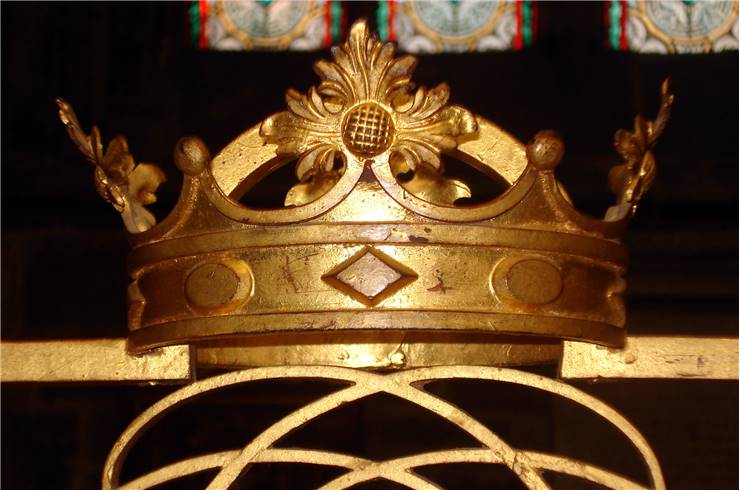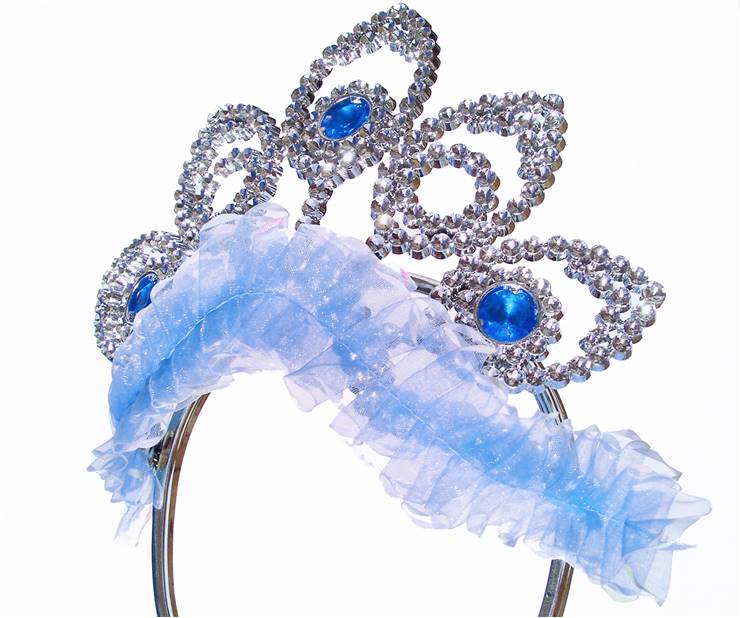History of Headgear - Origins of Different Types of Headgear
Headgear is any element of clothing that is worn on the head for any reason. Reasons for wearing headgear could be various: for protection, fashion, disguise, entertainment, religion, medicine, decoration or distinction.
One of the earliest representations of a headgear is a painting in a tomb in Thebes that shows a man with a simple conical straw hat. There is evidence (a white stone statue found in the city of Kashan in Isfahan Province where Persia once was) that men wore cloth head covering. Ancient Egyptians used wigs and hair extensions as well as masks. As time went by headgear became more sophisticated and efficient in better serving its purpose. We’ll talk about some of the purposes for using the headgear.
Protection or defense:
For protection from weather elements people us all sorts of hats and hoods. Hardhats are used for protection against injuries that could happen on construction sights, while spelunking in caves and in mining. Helmets are used in battles for thousands of years in different incarnations. In dangerous and potentially dangerous atmospheres people use gasmasks since World War I. Hats with bills are used as a protection from sun. Bowler hat was initially designed as a hat for protecting riders from the tree branches of low hanging trees. Hard hats with face shield are used for works that produce a lot of debris. Welding masks with dark glass that protect from bright light that could damage eyesight of the worker are used for welding. Helmets with wire mesh or with full enclosure of the face are used in contact sports or in sports with projectiles like football, hockey and paint ball.

Fashion:
Different headgear can be used as articles of fashion. Men’s top hat is one of primarily fashionable hats. Fedora became one in time. Purpose of the most of women’s hats is primarily as esthetic elements. Tiaras, from symbols of royalty, became jewelry in time and are used for same purpose. Masks are used in masquerades, celebrations and in theatre and can be quite beautiful.
Religious significance:
Some religious practices require specific headgear. Religious Jewish men wear small skull cap called Kippah because they have belief that head should not be uncovered in the presence of God. Yarmulke is a hat that some Jewish men wear always while other wear it only in synagogue. Roman Catholic clergymen wear zucchetto, a small red, white or black skullcap. Orthodox Christian clergy are wearing a skufia, a kamilavkion, or a klobuk. It is a requirement for a male Sikh to wear turban. To respect Islamite idea of modesty Islam women wear the Hijab, or a headscarf. Muslim men wear skull cap called kufi or taqiyah.
Symbol of status or office:
Headgear that people wear as a symbol of status or office are crown, tiara and circlet. In nations of Commonwealth judges and barristers wear white wigs.


